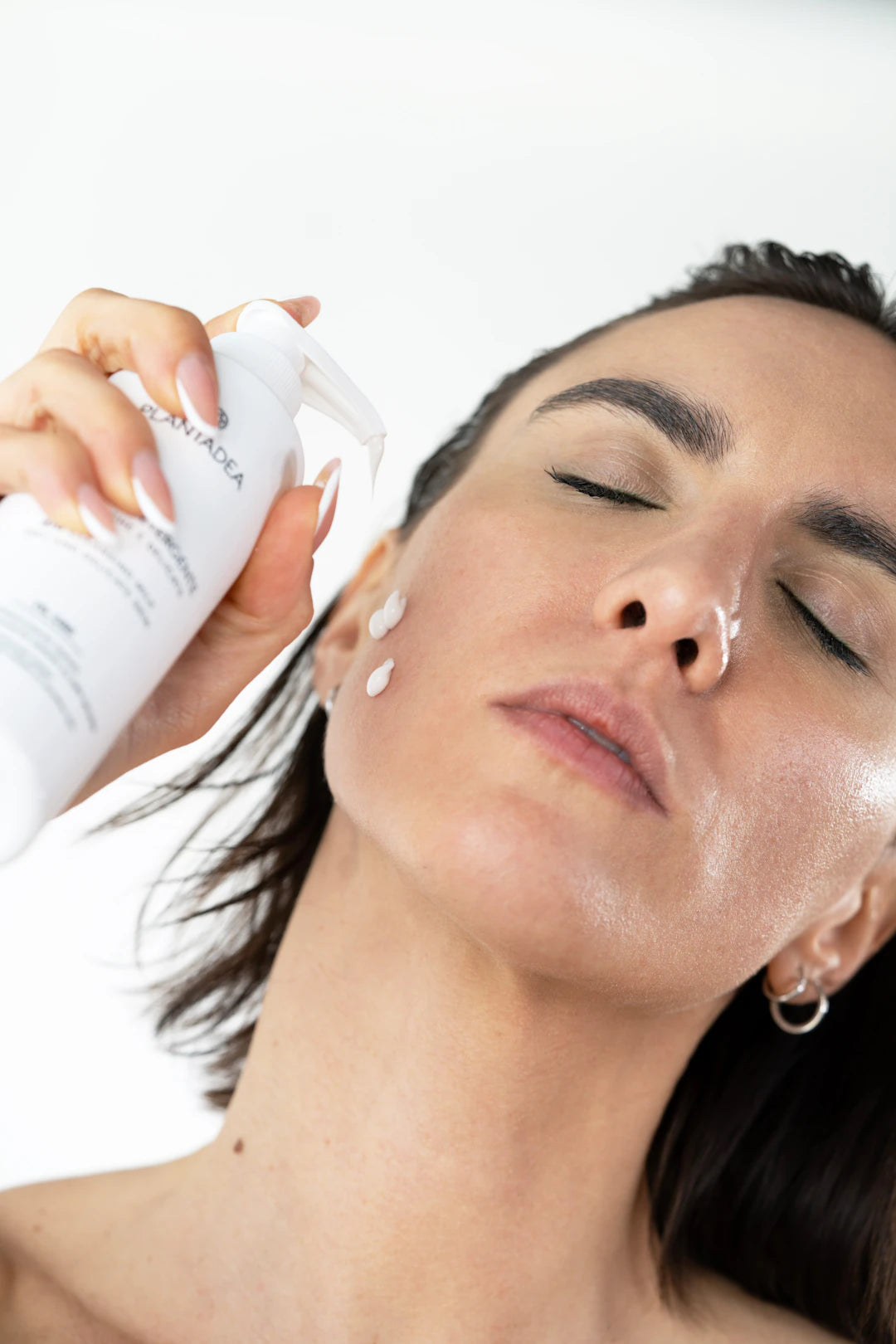The Essential Guide to Patch Testing New Products

Frequently Asked Questions
1. What is patch testing in skincare?
2. Why is it important to patch test new skincare products?
3. How do you properly patch test a new product?
4. How often should you patch test new products?
5. What are some common myths about patch testing?
When it comes to skincare, everyone craves a flawless complexion. However, diving into new skincare products without caution can lead to unwanted reactions. This is where the importance of patch testing new products comes into play. In this article, we’ll explore why patch testing matters, especially when integrating high-potency treatments like chemical peels or antiaging products into your regimen.
What is Patch Testing?
Patch testing is a simple and effective method used to determine how your skin will react to a particular product before fully integrating it into your skincare routine. Whether it's a new moisturizer, serum, or treatment, a patch test can save you from potential irritation or adverse reactions.
Why Patch Test New Products?
Before discovering the nuances of patch testing, it’s essential to understand the multiple reasons why it should never be overlooked.
1. Preventing Adverse Reactions
The most significant advantage of patch testing is safeguarding your skin against adverse reactions. Skincare products can contain various active ingredients—some of which may not sit well with your skin. For example, if you’re planning on using a new antiaging serum that contains retinol, it is crucial to test it on a small area first. This way, you can spot any irritation, redness, or breakouts before applying it to your entire face.
2. Identifying Sensitivities
Everyone’s skin is unique, and sensitivities can vary widely from one person to another. If you have a history of sensitive skin or allergies, patch testing is especially vital. It can help you identify troubling ingredients that could lead to discomfort or hives, ensuring you don’t waste time using products that aren’t suitable for your skin type.
3. Tailoring Your Skincare Routine
Patch testing also enables you to tailor your skincare routine more effectively. For instance, incorporating urban pollution-fighting antioxidants or intense hydration serums along with an antiaging treatment requires an understanding of how they interact on your skin. By patch testing beforehand, you can determine what combinations work best for you.
How to Patch Test New Products
Now that you understand the importance of patch testing, let’s dive into the recommended steps to do it correctly:
Step 1: Choose the Right Area
Select a discreet area of skin to conduct your patch test. The inner forearm is often recommended, as it’s close to many sensitive skin zones, yet it’s not visible. If you’re testing facial products, you can also use a small area behind the ear or along the jawline.
Step 2: Apply a Small Amount
Use a small amount of the product—about the size of a pea—and apply it to the tested area. Ensure that the skin is clean and dry prior to application. If the product is particularly potent, consider diluting it first.
Step 3: Wait and Observe
Allow the product to sit on your skin for at least 24 hours. During this time, watch for any signs of irritation such as redness, itching, or swelling. If nothing occurs after 48 hours, it’s generally considered safe to use the product on a larger area.
What to Look For After Patch Testing
Post patch test, it’s crucial to note any changes in your skin. Here are some signs to monitor:
- Redness: A common sign of irritation.
- Itching: This can indicate that your skin does not agree with the product.
- Swelling: If the area appears puffy or inflamed, it’s best to avoid the product.
- Burning Sensation: If you feel a stinging sensation, this could signal a reaction.
Special Considerations for Chemical Peels
Chemical peels are known for their deep exfoliation and rejuvenating properties. However, they can also pose significant risks if your skin isn’t prepared. It’s especially crucial to patch test products associated with chemical peels due to their potency. Combining these with your regular routine may heighten the risk of irritation. A patch test becomes a non-negotiable when introducing potent active ingredients such as acids or concentrated formulas.
How Often Should You Patch Test?
As a general rule, it’s advisable to patch test a new product every time you introduce something significantly different, especially if it comprises high concentrations of active ingredients. Even if a new product appears similar to something you’ve used in the past, subtle variations in formulation can lead to different results, making testing essential.
Myths About Patch Testing
Despite its importance, there are several myths surrounding the practice of patch testing. Let’s debunk some common misconceptions:
Myth 1: It’s Only Necessary for Sensitive Skin
While individuals with sensitive skin definitely benefit from patch testing, it’s a good practice for everyone, regardless of skin type. Even those with normal skin can experience adverse reactions to new products.
Myth 2: A Quick Test is Sufficient
Many people assume that a quick application is enough to gauge a product’s suitability. However, real reactions can take time to appear, so patience is vital. Always wait a minimum of 24 hours.
Myth 3: You Can Rely on Reviews
While product reviews can offer insight, they are subjective. What works wonders for one person may not work for you. It’s essential to trust your skin and perform your patch test.
Where to Incorporate Patch Testing in Your Skincare Routine
Patching testing should be seamlessly integrated into your skincare routine—especially when you're making changes. Here’s how you can do it:
- Before Seasonal Changes: Your skin may react differently with fluctuating temperatures and humidity levels.
- When Transitioning to New Products: Applying a radical change like a stronger antiaging serum should always be preceded by a patch test.
- After Skin Treatments: If you recently had facials or chemical peels, your skin may be more sensitive, necessitating patch testing for any new products.
The Takeaway: Healthy, Glowing Skin Awaits
Understanding the importance of patch testing is vital for anyone who wants healthy, glowing skin. By taking the time to conduct a patch test for new products, especially those with potent ingredients like antiaging actives or chemical peels, you give your skin the best chance to thrive without unwanted surprises. Remember, your skin deserves the utmost care, and patch testing is an effective way to reduce risks and create a tailored routine just for you. Happy testing, and here's to a beautiful, radiant complexion ahead!
Linked Product
Chemical Peel
Chemical peels can be an effective way to improve skin texture and tone by gently exfoliating the surface layer. Ideal for those looking to address issues like acne or uneven skin tone, our chemical peel pads offer a convenient at-home solution. Remember to conduct a patch test before full application to ensure compatibility with your skin.
View Product

